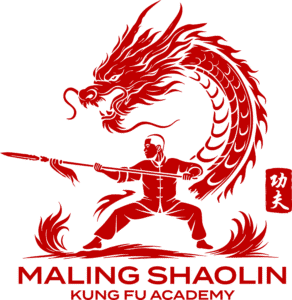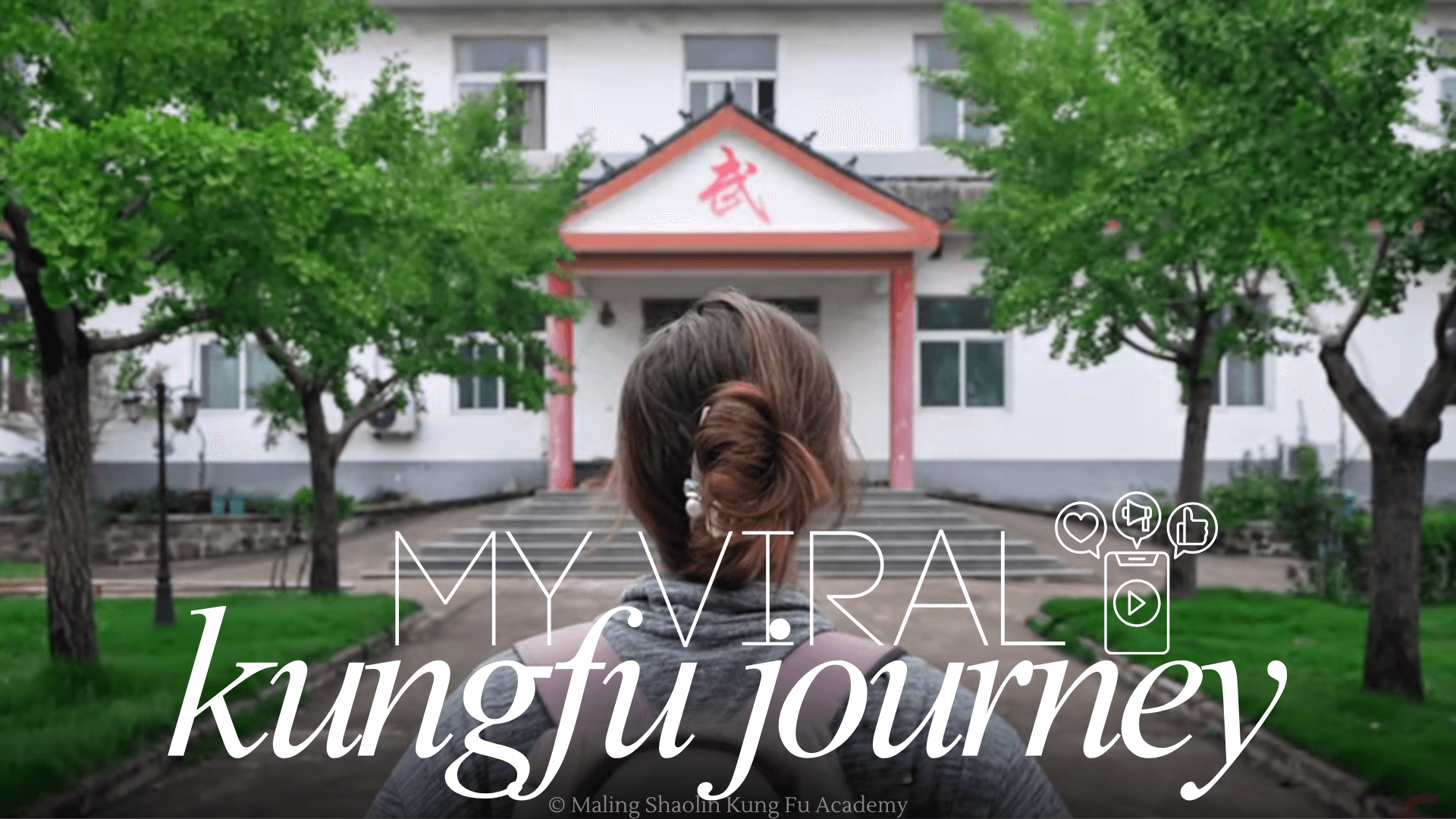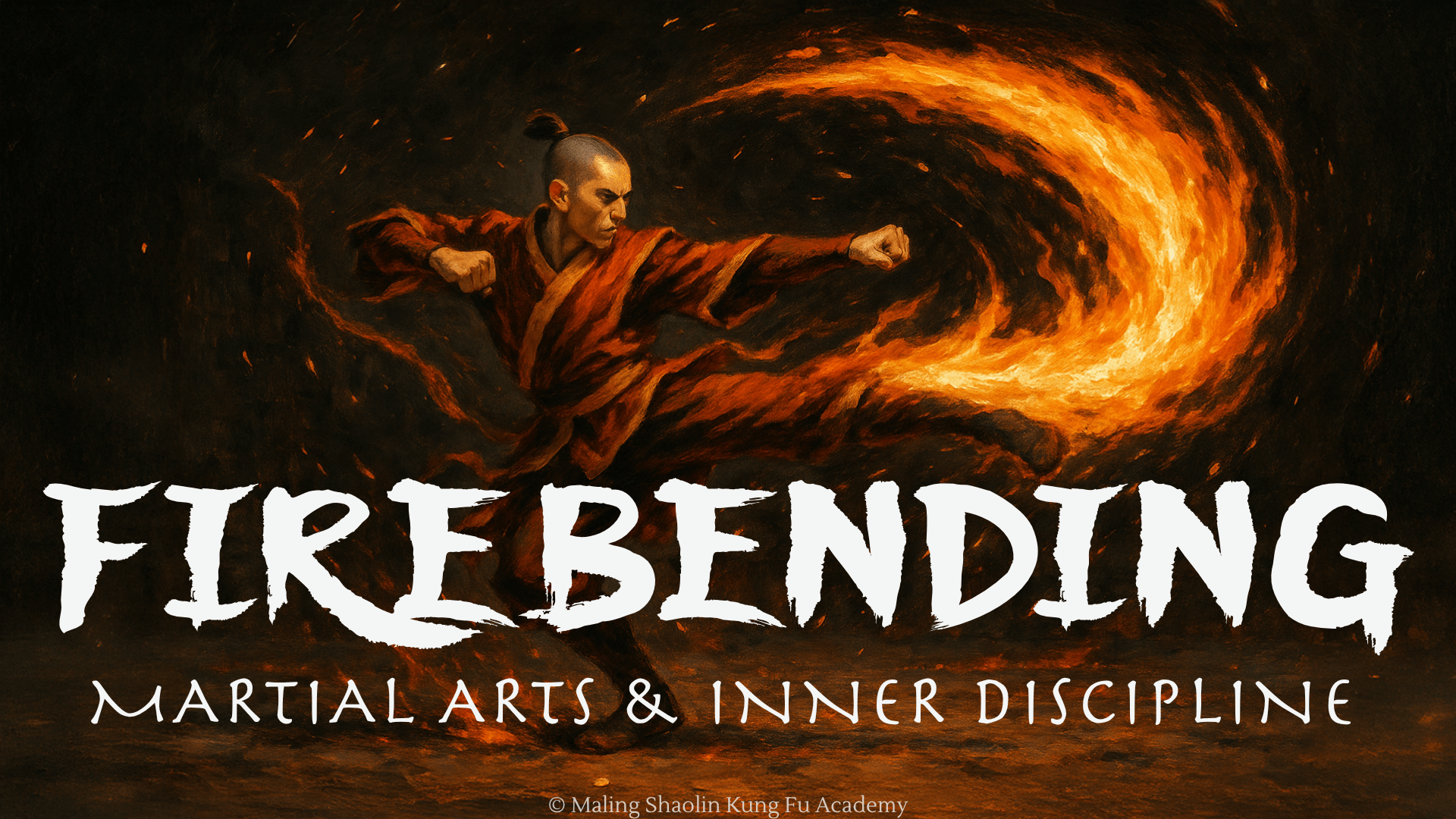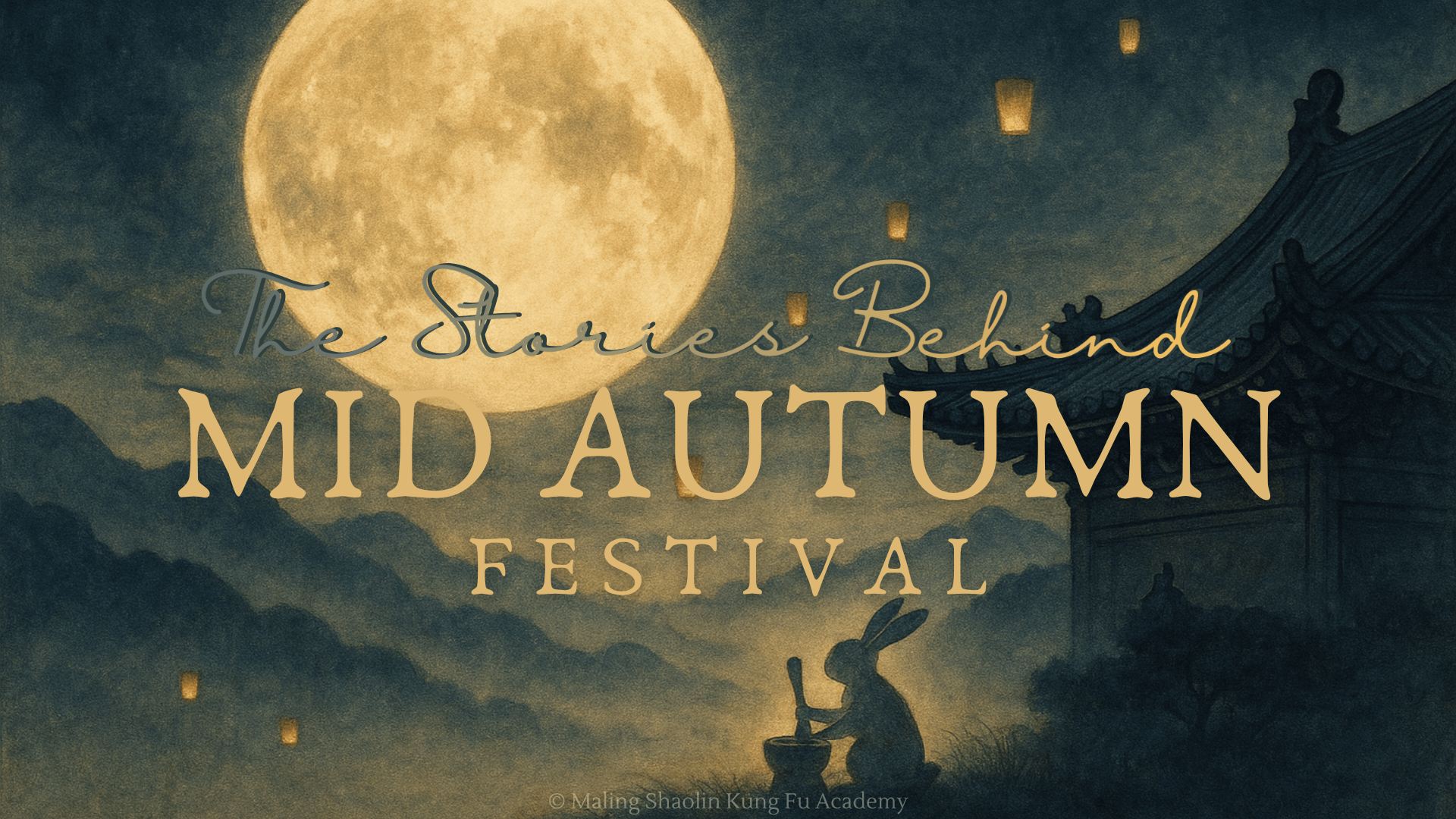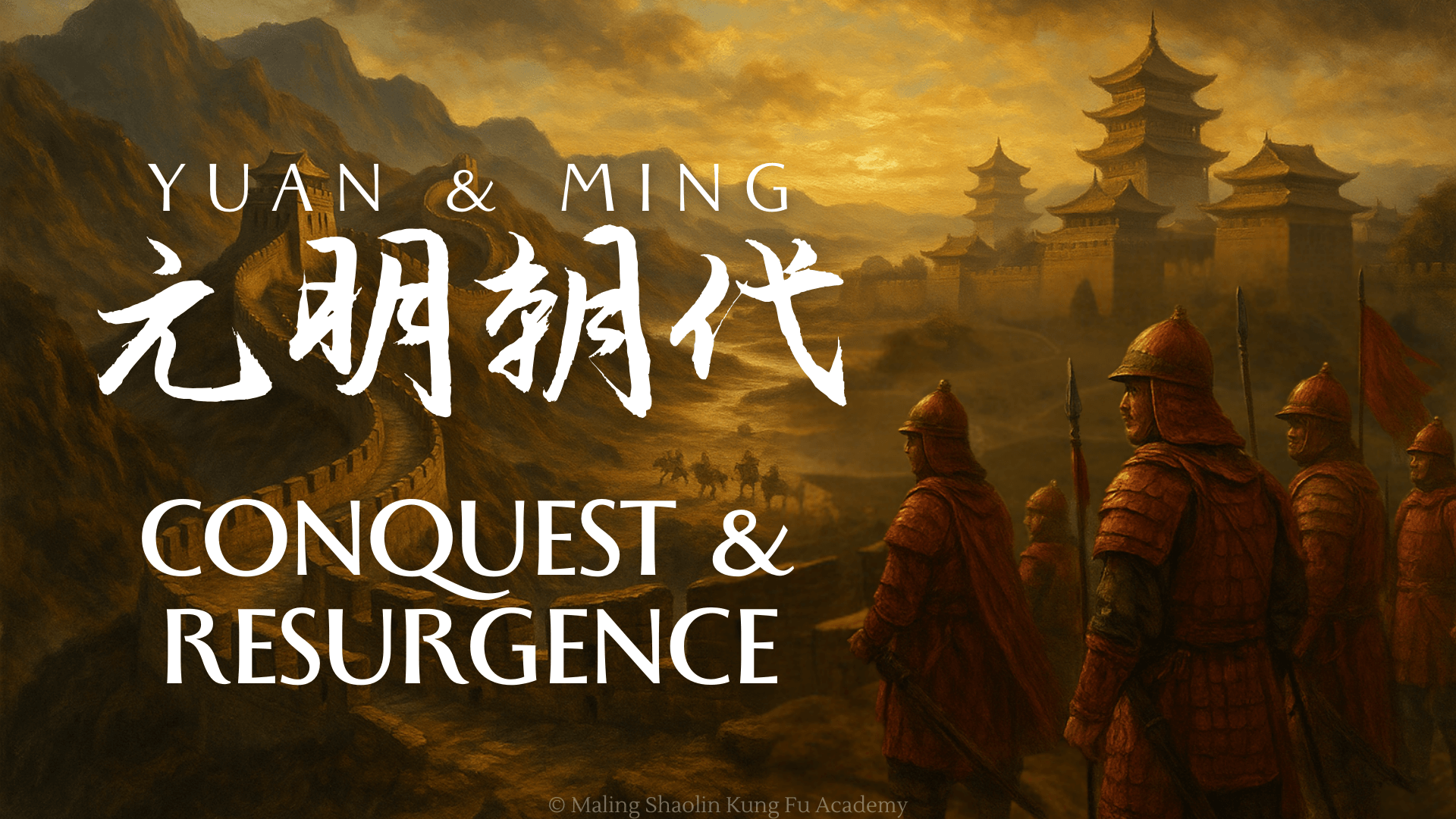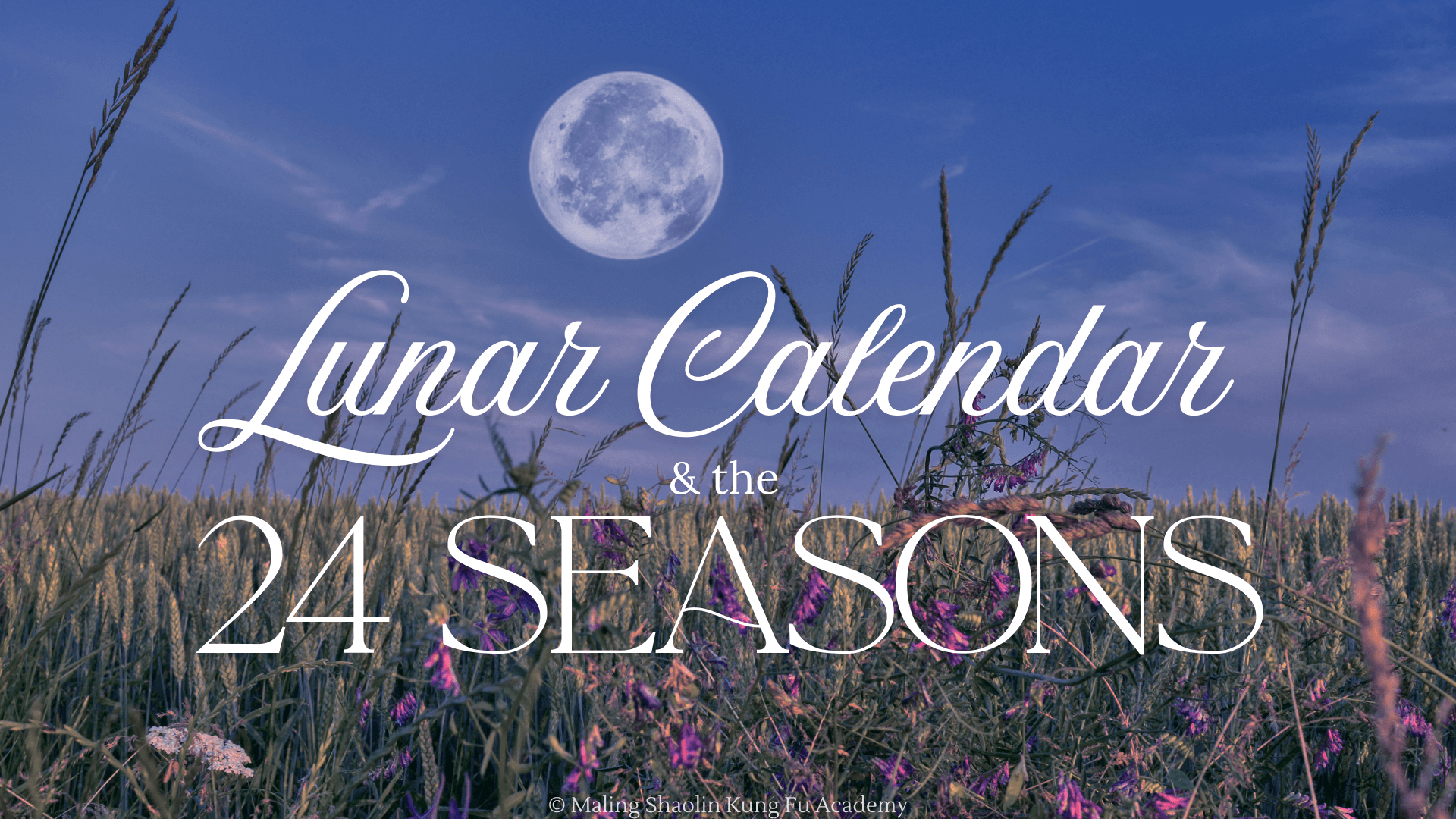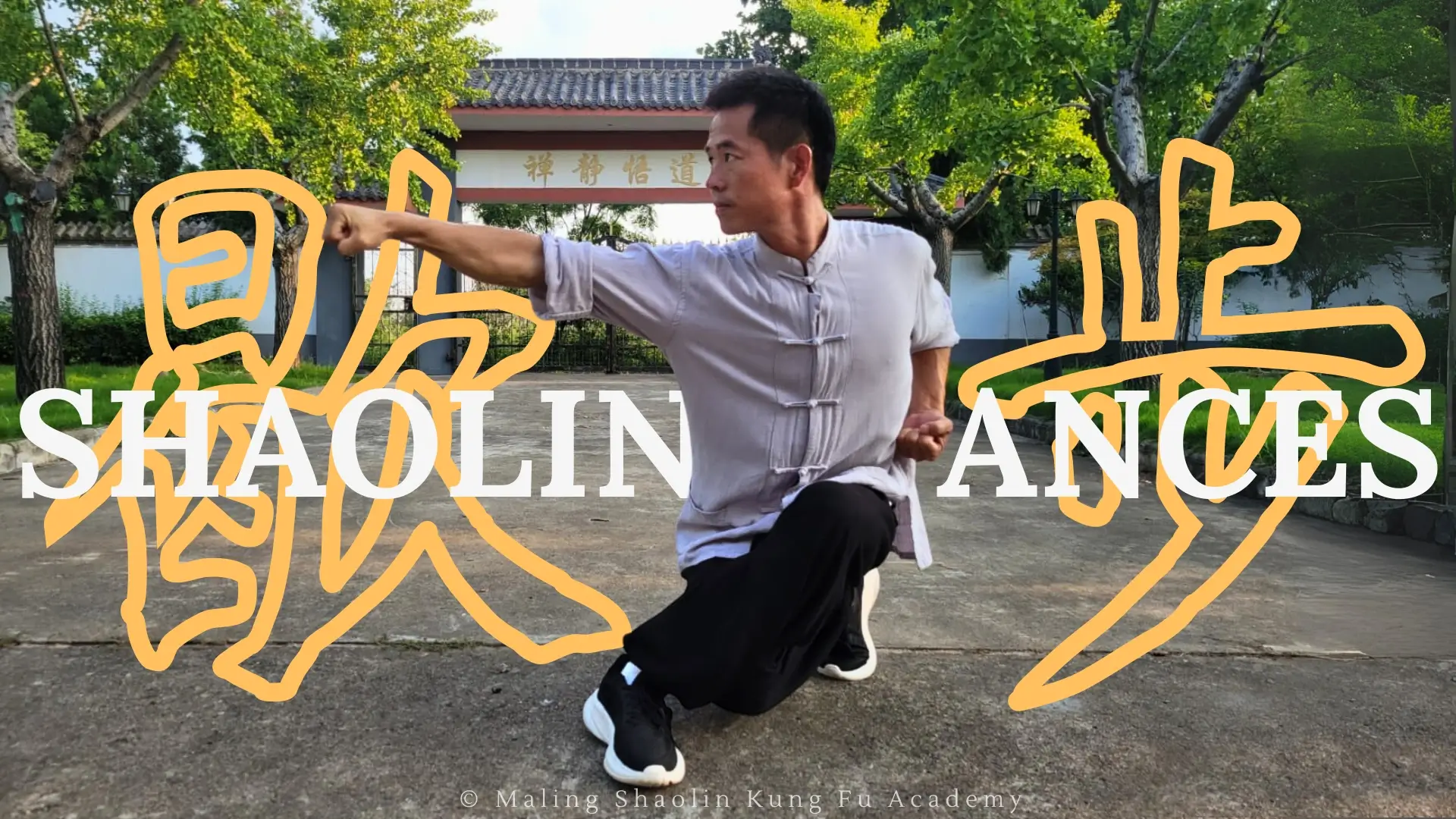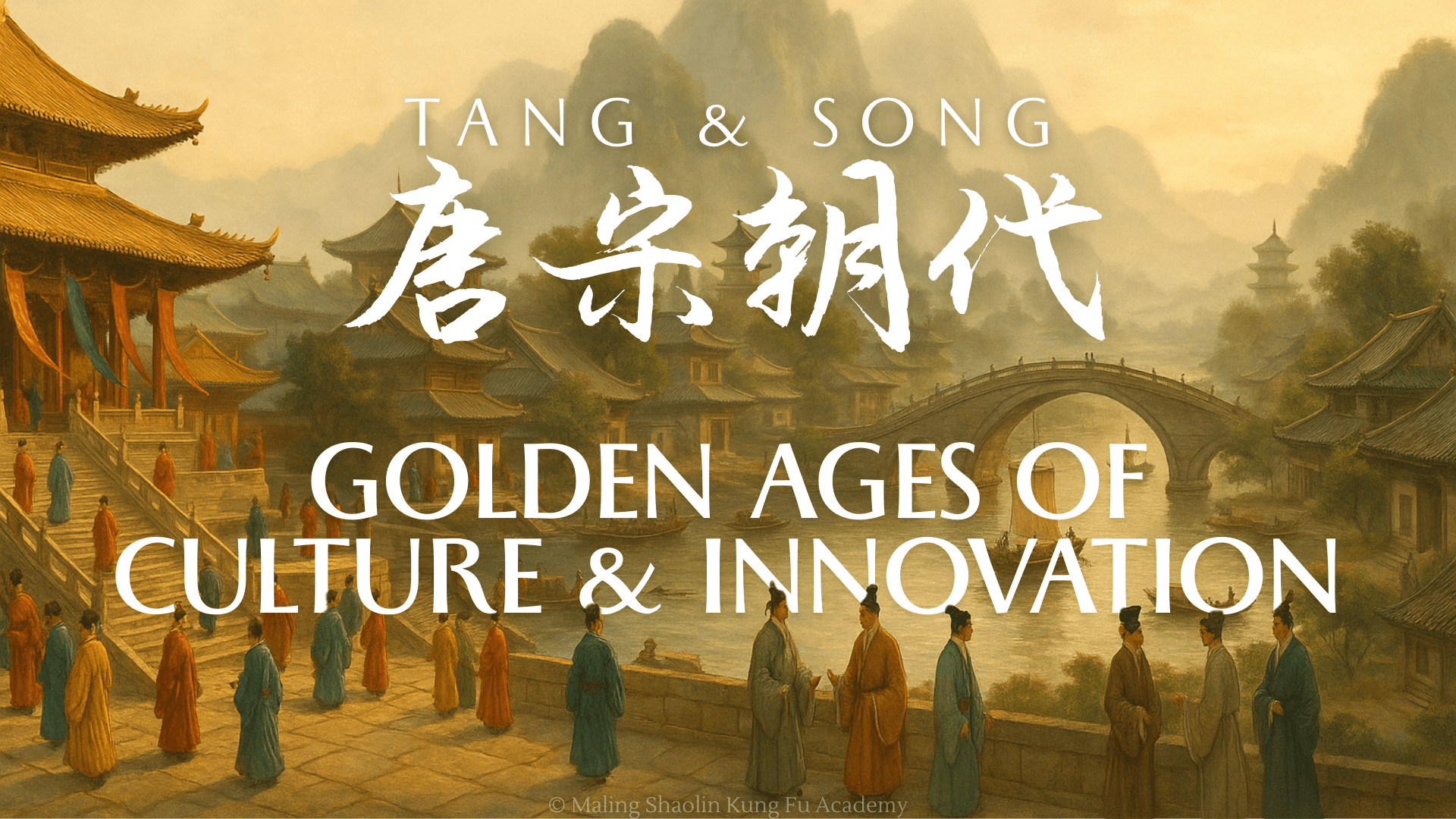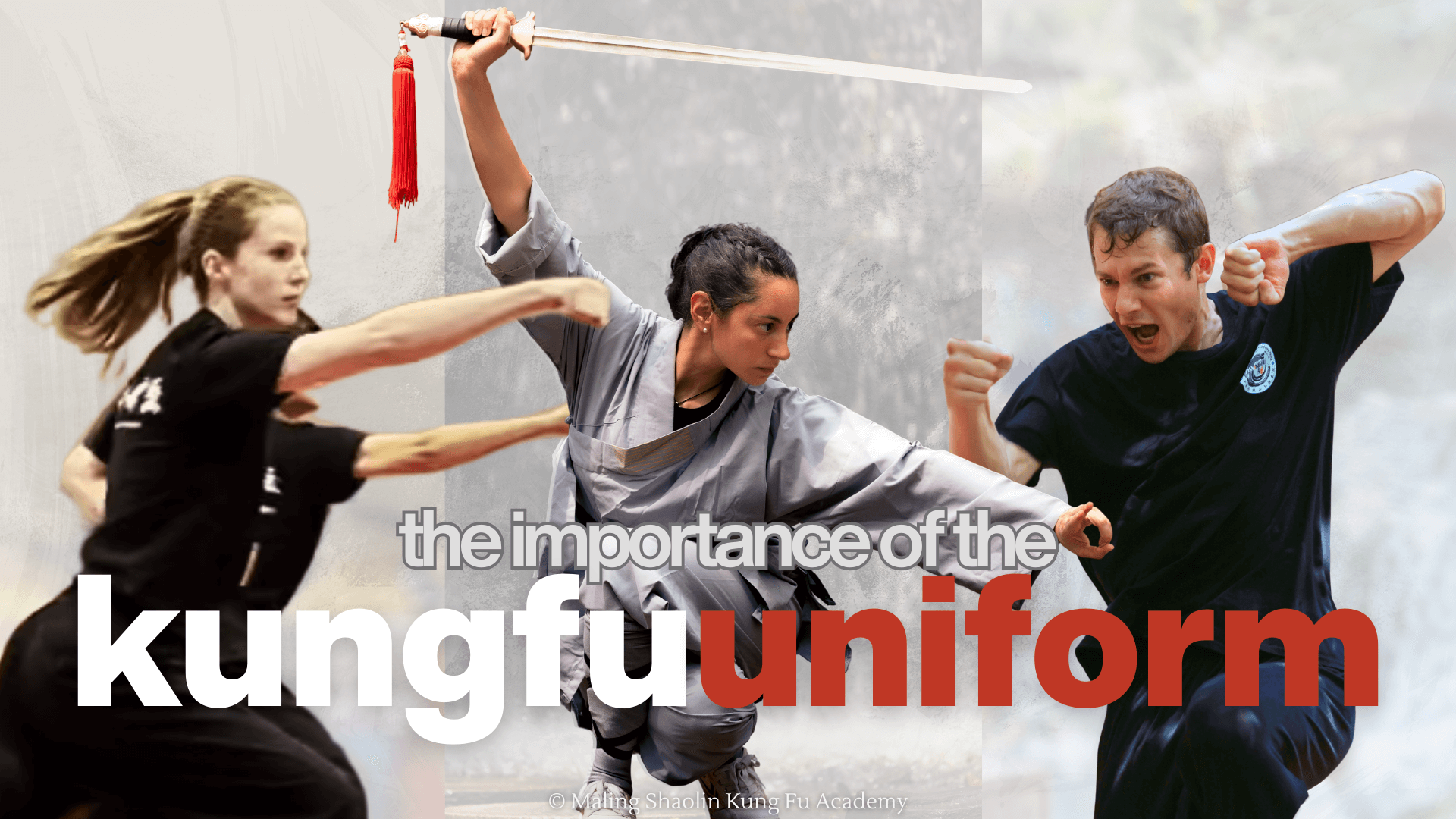LEARN THROUGH
OUR BLOG
A Student's Story: When a simple filming session turned into a national sensation, I found myself trending across China—on Baidu, Douyin, and TV networks. This is the story of how my Shaolin Kung Fu journey at Maling Academy became a bridge between cultures, from flight paths to kung fu forms.
Firebending in Avatar: The Last Airbender isn’t about rage — it’s about rhythm, breath, and control. From Northern Shaolin’s explosive strikes to Southern Dragon Kung Fu’s coiling power, this article explores how real martial arts, philosophy, and cultural history ignite the essence of fire.
The Mid-Autumn Festival is filled with mooncakes and legends—but behind its glowing lanterns lie centuries of stories about love, rebellion, poetry, and immortality. From the moon goddess Chang’e to the Jade Rabbit pounding herbs for the elixir of life, here are seven fascinating tales that reveal the cultural heart of this beloved festival.
From the Mongol-led Yuan dynasty to the Han Chinese revival under the Ming, this chapter traces a turbulent yet brilliant era in Chinese history. Discover how foreign rule reshaped governance, trade, and culture, and how the Ming reasserted native traditions, global ambition, and martial valor — even calling on Shaolin monks to defend against pirates. A vivid journey through two dynasties that defined resilience and resurgence.
The Chinese lunisolar calendar and its 24 solar terms, often called the “24 seasons,” blend myth, science, and tradition. From ancient astronomy to modern life, these seasonal markers continue to guide agriculture, festivals, and cultural practices across East Asia. Explore their origins, spread, and enduring relevance in today’s world.
Waterbending in Avatar: The Last Airbender is more than fantasy—it’s grounded in real martial arts and healing wisdom. From Tai Chi’s flowing forms to Traditional Chinese Medicine’s qi meridians, this article explores the philosophy, culture, and strategy behind the Water Tribe. We’ll look at Katara’s dual role as healer and warrior, Sokka’s Sun Tzu-inspired tactics, and how Arctic survival and Chinese influence shape Waterbending into an art of balance, compassion, and power.
Often overlooked but essential, the Resting Stance (Xié Bù) in Shaolin Kung Fu builds balance, fluidity, and readiness. Learn how to perform it correctly, why it matters, and how it supports your transitions in martial practice.
From the flourishing arts of the Tang dynasty to the scientific breakthroughs of the Song, this era marked a golden age of Chinese civilization. Discover how these dynasties transformed culture, government, commerce, and technology—setting the stage for global innovations in printing, navigation, and military strategy.
From the flowing robes of Shaolin monks to today’s modern kung fu school attire, uniforms have always been more than clothing. They embody tradition, discipline, and practicality—linking generations of martial artists through shared heritage and purpose.
